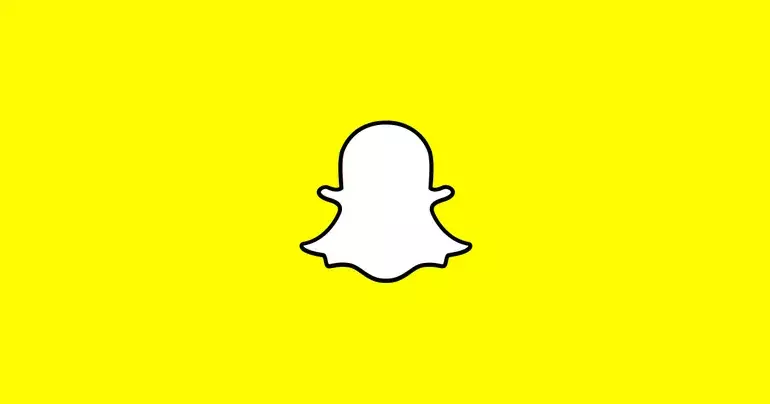Snapchat has once again stirred the pot of user engagement and advertising with its latest introduction of “Sponsored Snaps”, a form of direct-message (DM) ads. This innovation raises several eyebrows among its users, particularly in light of Snapchat’s unique user demographic and the platform’s intrinsic nature as a space for ephemeral communications. For many, Snapchat has been a sanctuary for sharing intimate moments with close friends without the fear of permanent online records. This latest attempt to monetize the platform via the inbox risks altering that fundamental nature and potentially alienating a significant portion of its user base.
The Sanctity of the Inbox
One of the distinctive characteristics of Snapchat is its focus on youth and privacy. The app is most popular among younger audiences, who often seek a space free from the judgmental eyes of family members and authority figures. In fact, the self-erasing nature of Snaps fuels this notion, making the inbox a revered space for personal interactions. The shift toward incorporating ads into this intimate space could be perceived as an intrusion, fundamentally changing the dynamics of user experience. By occupying spaces traditionally reserved for friend communications with promotions, Snapchat risks diminishing the personal touch that has characterized the platform and replacing it with a commercial vibe that may not resonate well with its core demographic.
According to various observations, a notable percentage of users’ inboxes are now filled with promotional material, rather than messages from friends. This would mean that essential personal interactions are competing for attention with advertisements, a confusing prospect for a demographic that values personal communication above all else. Reports indicate that as much as one-third of the inbox is now taken up by promotions for services such as Snapchat+ or collaborations with big-name brands like Disney, which could lead to increased frustration among users. This modification raises questions about Snapchat’s priorities; are they willing to jeopardize user satisfaction in order to chase potential revenue growth?
The financial pressures facing Snapchat cannot be ignored. With stagnation, particularly in crucial markets such as North America and Europe, the platform finds itself at a crossroads between maintaining user loyalty and meeting shareholder demands. Enhancing ad revenue is paramount for Snapchat as they continue to navigate the highly competitive social media landscape. This rationale may justify the push for these Sponsored Snaps, perceived as an effective means to boost financial performance amid sluggish growth. It is an all-too-familiar story for tech companies; as they scale, they face increasing challenges to generate profits while keeping their core users happy.
Potential Backlash and Future Implications
While Snap’s experimentation with Sponsored Snaps could yield insights into user behaviors and preferences, there is a significant risk of backlash. Users may become discontented if the intrusive ads disrupt their experience, leading to a decline in user retention—a nightmare scenario for any platform heavily reliant on engagement metrics. If users begin to feel overwhelmed by promotional content, they might turn to alternative social media platforms that more closely align with their preference for intimacy and privacy, ultimately affecting Snapchat’s overall viability.
Snapchat’s introduction of Sponsored Snaps to the inbox reflects a larger trend where social media platforms are entangled in the struggle to balance monetization with user experience. As Snapchat charts this uncertain course, the ramifications of their decisions will shape the future trajectory of the app. Ultimately, the ability to maintain a delicate balance between financial imperatives and the innate needs of its users will determine whether Snapchat can secure its place as a leader in the social media realm—or become another cautionary tale of user alienation through over-commercialization. Whether Snapchat will revert to its original model or continue pursuing this path will be closely watched by users and industry observers alike.


Leave a Reply